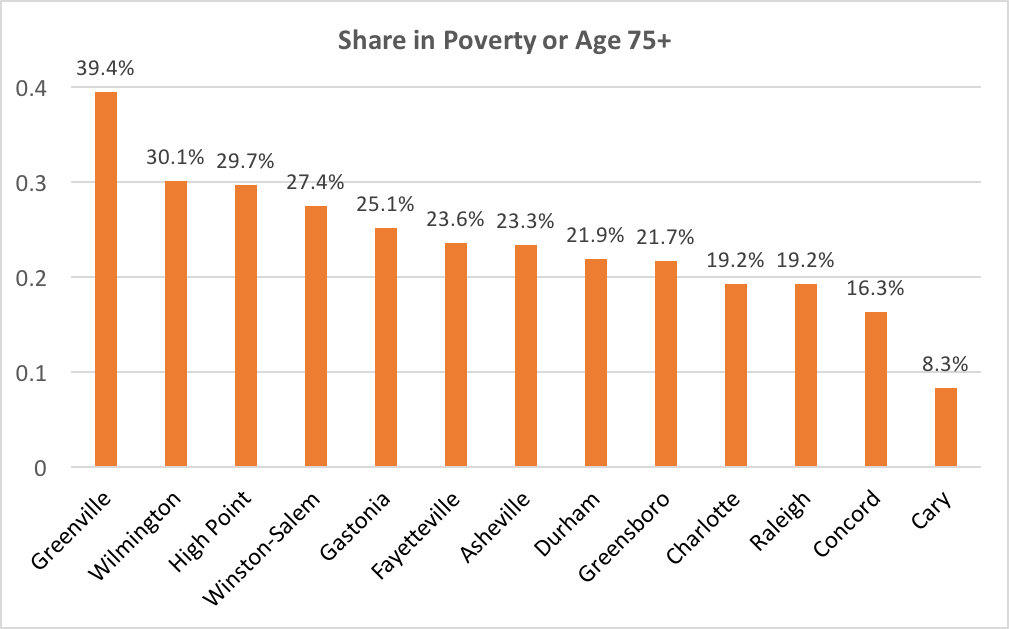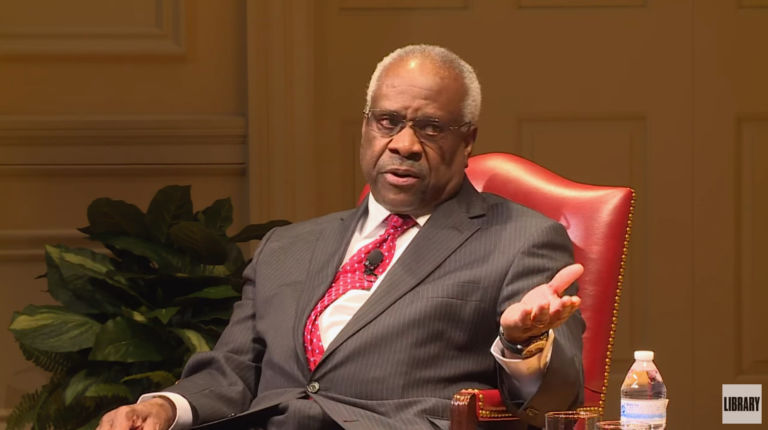Governing magazine published an article today that seemed, at first, to be making a pretty obvious point. Entitled “Where Demographics Can Put Cities at a Fiscal Disadvantage,” the article begins,
Generally speaking, if a city has a high number of residents who consume more public resources than they contribute to the tax base, there will more likely be potential problems for that city’s fiscal outlook.
Yep, a lot of people who consume more in services than they pay in taxes leads to fiscal problems. Got it.
But then it started to get more interesting. The poor, unemployed, and elderly are particularly rough on finances. These are groups that consume services at higher than average rates, but who pay little tax. Think medicaid and social security that your grandmother receives. I’m not arguing she shouldn’t get it, but at this point in her life, your grandmother’s consuming more in these sorts of benefits than she’s paying in tax. Indeed, the system’s designed to do just that.
So, of course, what you need in order to make that work is a lot of younger, employed people who are paying the taxes that keep the system afloat. It turns out some researchers have been looking at just how many older, poorer people a community can support before the financial problems approach breaking point. And the answer seems to be 35%. If more than 35% of the population is over 75 or living in poverty, then taxes on the other 65% go up so much that those younger, working people start to move to lower tax locations.
The American Community Survey, conducted by the U.S. Census Bureau, just published some 2015 numbers, and they reveal that 22 of the country’s 500 largest cities exceed that 35% threshold.
So what about North Carolina? How do our cities fare?
There are thirteen North Carolina cities that made the top 500 list. Of those, only one, Greenville, has more than 35% of its residents either in poverty or age 75+. This was the 8th highest among those 500 largest cities in America. I’ve included a chart below of the data for all thirteen.



